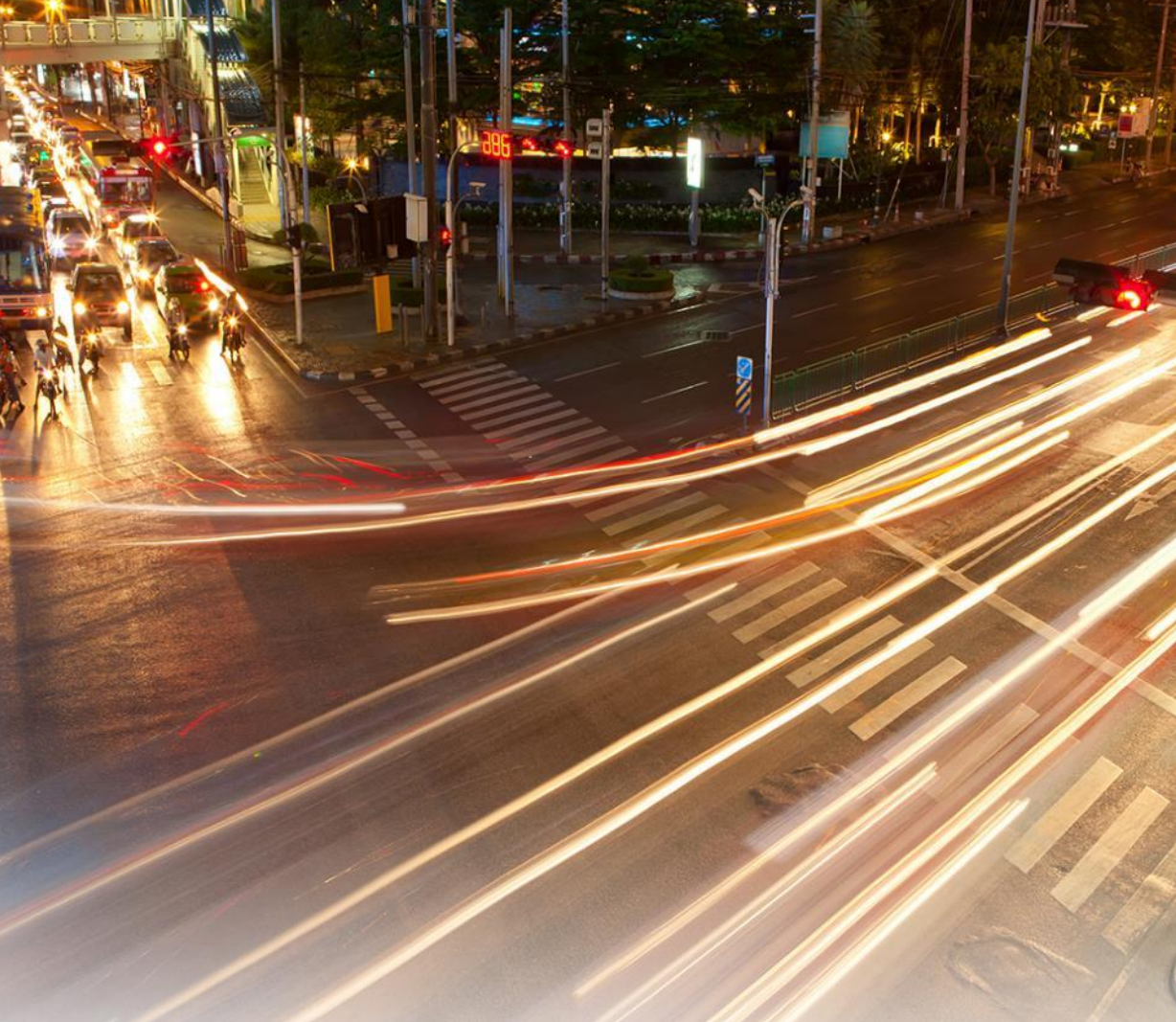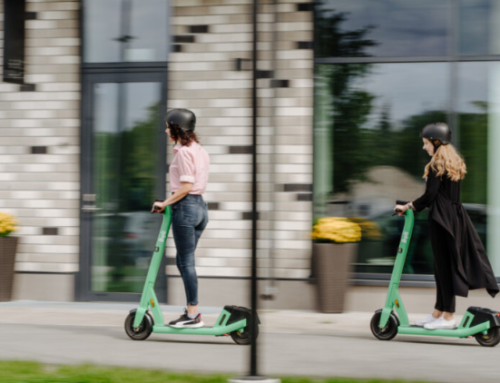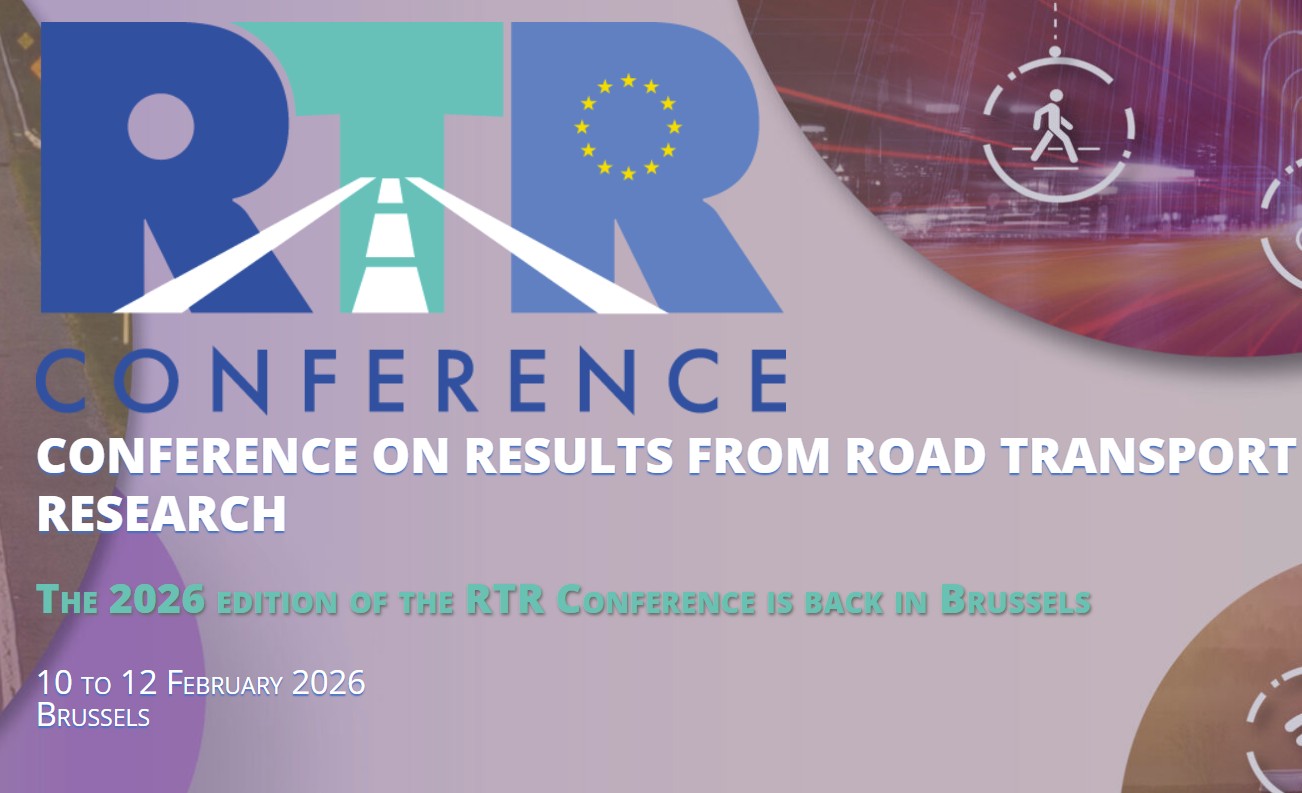
A Diploma Thesis titled “The impact of nighttime driving to driver behavior and safety in cities with the use of driving simulator” was presented by Armira Kontaxi in November 2017. An experimental process on a driving simulator was carried out and regression statistical models were developed to investigate the impact of nighttime driving on the mean speed, on the standard deviation of the mean headway distance and on the mean reaction time and accident probability. The models’ application demonstrated that nighttime driving in urban area leads to an increase of the mean speed, of the standard deviation of the mean headway distance and of the mean reaction time, resulting thus to a significant increase of the accident probability. ![]()
![]()










































































































































































